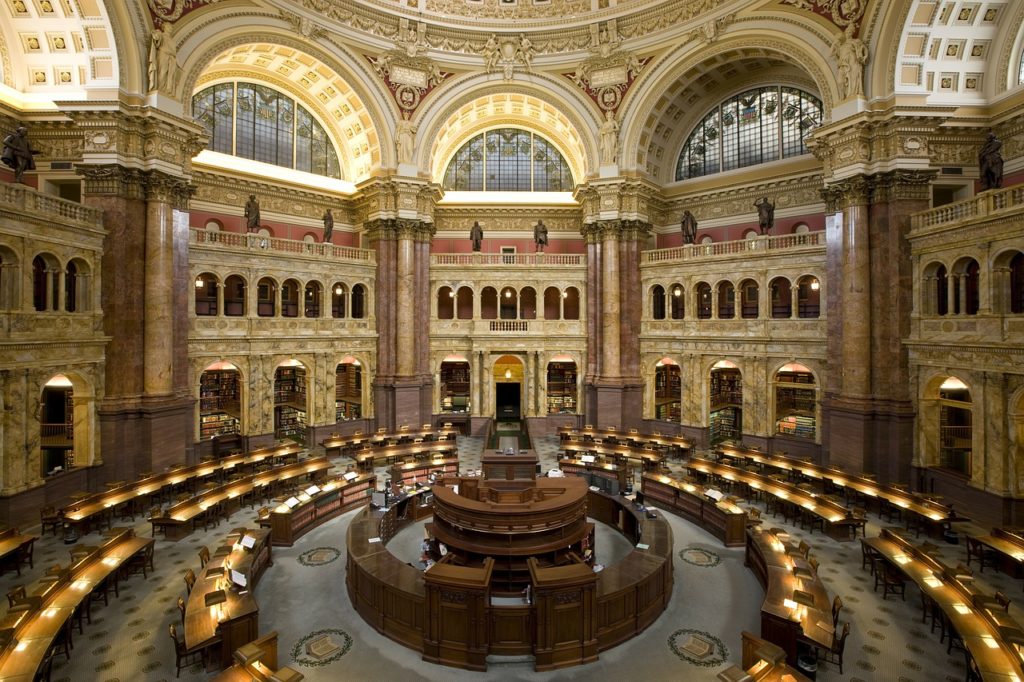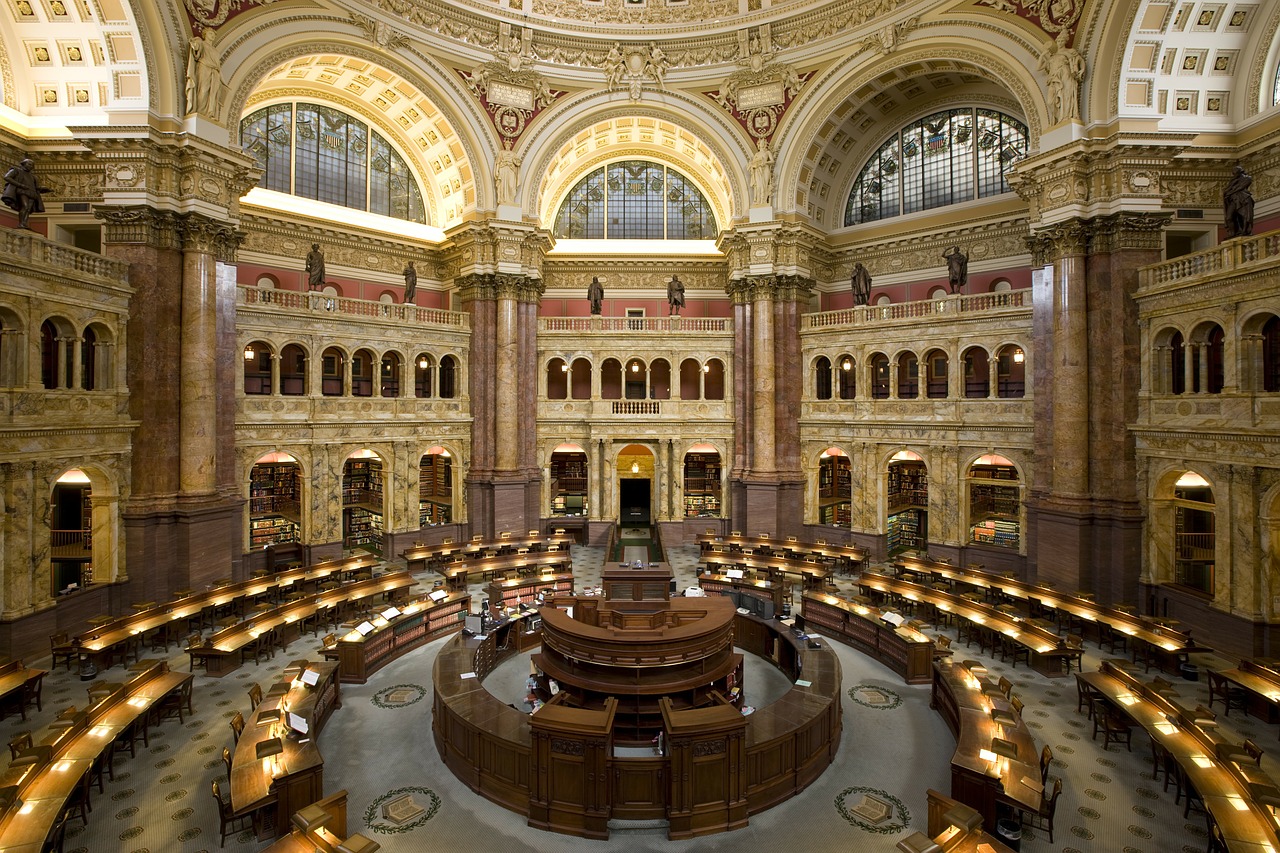
In 2016, the US Library of Congress celebrated the completion of one of its most significant recent initiatives: the Afghanistan Project. Unfolding over a period of three years, the Afghanistan Project undertook to digitize the library’s various collections relating to Afghanistan, which together comprised thousands of historical, cultural, and scholarly materials spanning more than six centuries. The result is a valuable digital archive that the whole world can enjoy and benefit from. Read on to learn more about this unique project.
Why was the Afghanistan Project launched?
The Library of Congress is home to a huge range of material from and about Afghanistan, including books, manuscripts, photographs, newspapers, maps, and other historically significant items. Much of this material can no longer be found in Afghanistan itself—wars and natural disasters have unfortunately destroyed many treasures from Afghanistan’s cultural heritage—and some unique items and documents don’t exist anywhere else in the world.
The Afghanistan Project was launched to ensure that contemporary Afghans would have access to these important materials that lie at the very heart of Afghan national identity. As one curator of the Afghanistan Project described in an article published by McClatchy DC, national identity is rooted in a country’s cultural history and stories, so when a country loses a record of its past, it also loses a sense of who it is. By restoring important digitized cultural material to Afghanistan—in a process that has become known as “virtual repatriation”—the Afghanistan Project attempts to help restore this vital sense of cultural identity and knowledge.

What are some examples of materials from the Afghanistan Project?
A wide variety of material was digitized during the Afghanistan Project, including:
Lithographs—Born in 1780, the British artist and lithographer James Atkinson spent much of his life in India and several years exploring Afghanistan. His book Sketches in Afghanistan (digitized under the Afghanistan Project) is a series of 25 beautiful lithographs based on drawings that Atkinson made of Kabul’s cityscape, mountain scenery in Afghanistan’s remote regions, and significant events from the First Anglo-Afghan War.
Contemporary magazines—The Afghanistan Project digitized an extensive collection of issues of Zhvandūn (or “Life” in English), one of the most popular 20th century magazines in Afghanistan. Launched in May 1949, the progressive magazine published articles in Persian and Pashto on a wide variety of subjects, including literature, history, education, entertainment, and fashion. Publication of Zhvandūn stopped after the collapse of the Soviet Union in the 1990s; today, these magazines provide a fascinating and important record of a vanished society.
Illuminated manuscripts—The digitized archive of the Afghanistan Project includes a beautifully preserved illuminated manuscript from the renowned calligrapher Mir Ali Heravi, who was active in the city of Herat in the 16th century. The manuscript features Persian verses praying for the patron’s well-being and prosperity, surrounded by a decorative motif of flowers and vines in blue and gold.
What will happen to the digitized materials?
The digitized collection of the Afghanistan Project, which contains more than 163,000 pages of documents on two hard drives, was presented to two Afghan officials—Minister of Information and Culture Abdul Bari Jahani, and the Afghanistan Center at Kabul University’s executive director Abdul Wahid Wafa—during a special ceremony in September 2016 at the Library of Congress. In total, 10 Afghan institutions received complete sets of the collection to use in their own digital libraries and online repositories: these institutions include the National Library of Afghanistan, the National Archive of Afghanistan, and a number of universities. In addition, the digitized material from the Afghanistan Project is now available to the public through the online World Digital Library, which is a huge digital archive of documents of cultural significance from all over the world.
Who’s behind the Afghanistan Project?
The Afghanistan Project was led by the Library of Congress and financed by a grant from the Carnegie Corporation of New York.
The Library of Congress is the world’s largest library. Located in Washington, DC, the library offers on-site and online access to the creative record of the United States, as well as to an extensive collection of international materials. The library is also the home of the US Copyright Office and serves as the main research arm of the US Congress.
Created by Andrew Carnegie in 1911, the Carnegie Corporation of New York promotes the advancement and diffusion of knowledge and understanding. In particular, the corporation’s work focuses on issues that Andrew Carnegie deemed to be of vital importance, such as international peace, democracy, and the advancement of knowledge and education.

What’s next for the Afghanistan Project?
As a result of its success, the Afghanistan Project could serve as a useful blueprint for how to help preserve the history and heritage of other nations whose cultural legacy is under threat from war and conflict. At present, for example, the international cultural heritage community is especially concerned about Syria and Iraq; adopting the Afghanistan Project model could help solve some of the challenges associated with cultural preservation in these countries.

